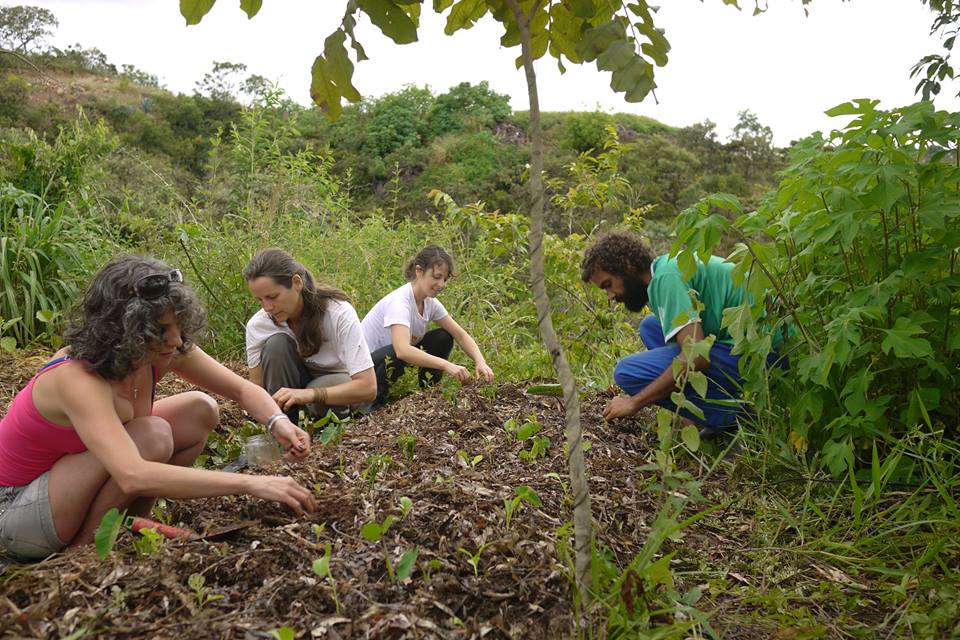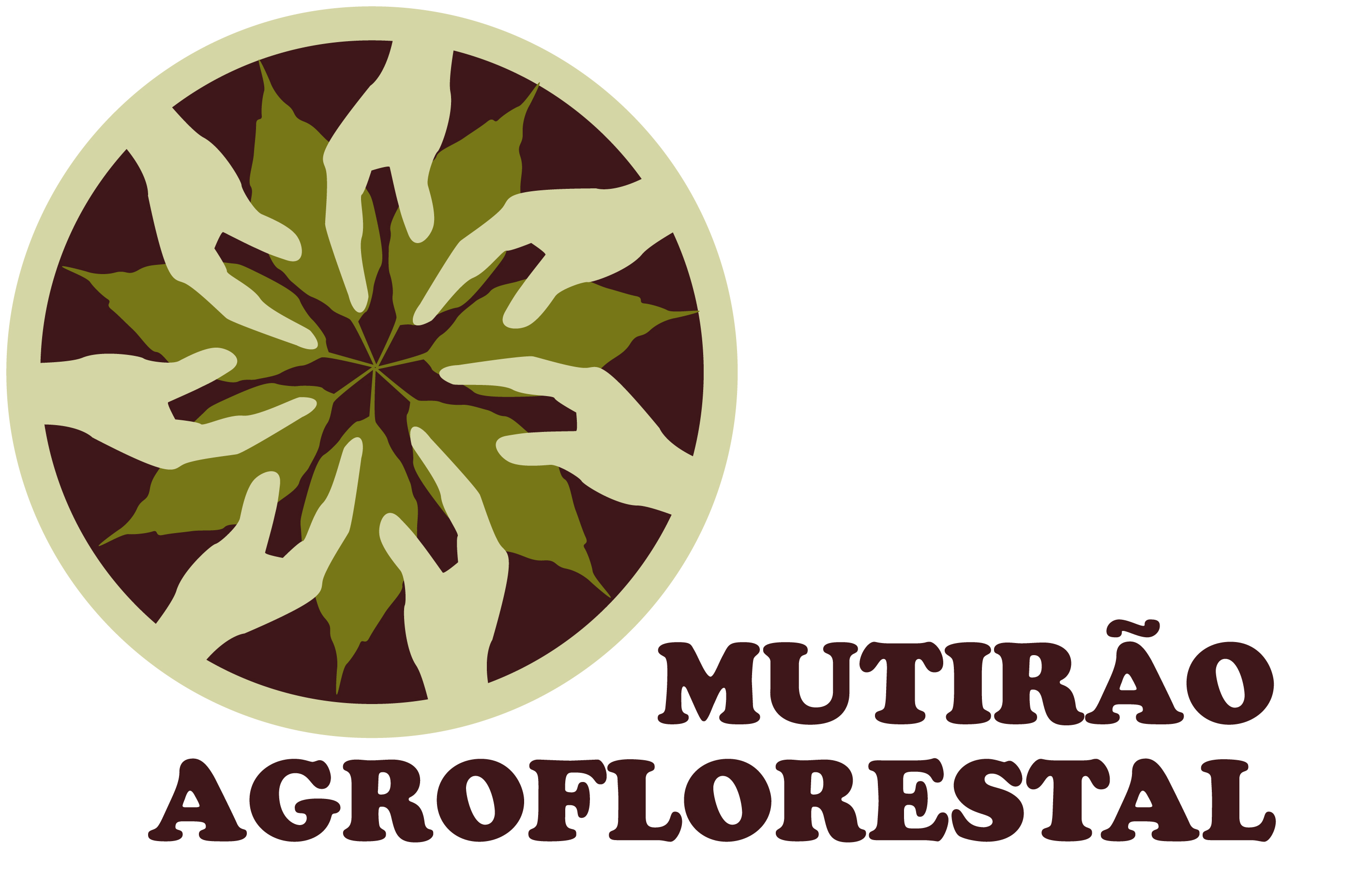An Overview Of Our Solution
- Population Impacted:
- Continent: South America
Organization type
Population impacted
Size of agricultural area
Production quantity
People employed
Describe your solution
Describe your implementation
External connections
What is the environmental or ecological challenge you are targeting with your solution?
Describe the context in which you are operating
Fazenda São Luiz is situated in a sugar cane plantation region, very degraded, having big farms occupiyng the landscape. Few people living in rural areas and no food production around. The focus of São Luiz Farm is on coffee and fruits production, environmental education through agroforestry for several groups, agroforestry courses and assistance to regional settlements. There are several experiences going on such as mechanazition for planting large scale areas. Sítio Diversitah is located in high altitude, cold climate, having small farmers and tourists on the territory. The focus is the production of fruits and timber, and also the development of training programs. Aldeia Altiplano Leste is located in Brasília surrounded by people seeking for innovative strategies to face the environmental crisis, healthy products and the knowledge about agroforestry. Aldeia Altiplano is conducting a CSA (Community support agriculture) program involving vegetable and fruits production and training.
How did you impact natural resource use and greenhouse gas emissions?
Language(s)
Social/Community
Water
Food Security/Nutrition
Economic/Sustainable Development
Climate
Sustainability
The project received some small funds from government and non government funds, co-farmers from the CSA at Aldeia do Altiplano have contribute monthly, products commercialization and many workshops and training, hand on, planning and implementation courses revenues.
Return on investment
Entrant Image

Entrant Banner Image

